With the unveiling of the production version of its electric self-driving van — the ID. Buzz AD — Volkswagen just took a major step into the world of self-driving transportation.
The company designed the ID. Buzz AD to function as a fully autonomous ride-hailing vehicle. The goal is to operate this featureless, futuristic van first in Hamburg, Germany, beginning in 2026, and then in the U.S. in partnership with Uber — starting in Los Angeles.
If you’ve ever dreamed of a driverless commute without the stress and was half- tech and half-comfort, this could mark the beginning of a bright new world.
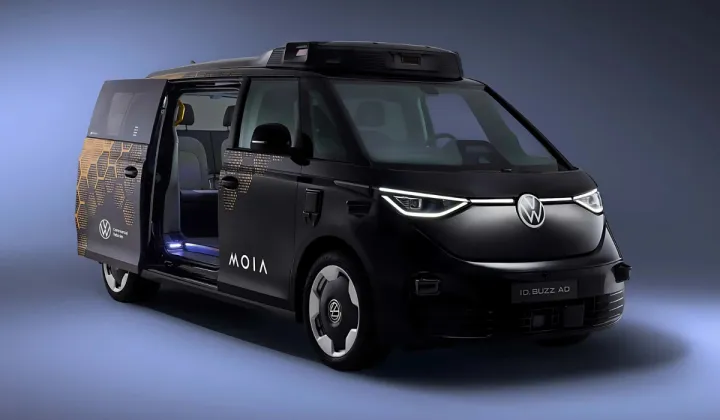
Loaded with Smart Sensors and AI Vision
The Buzz AD isn’t being driven by magic—it’s driving itself using a variety of sensors and AI. Basically, VW working with Mobileye have implemented an overwhelmingly high number (30 sensors) so this vehicle can have a full 360° view and act like a human - but better.
Here are the digital credentials:
- 13 cameras, 9 LiDARs and 5 radar sensors provide a complete 360° view as described above
- It’s able to process traffic, pedestrians and road conditions in real-time
- It has redundancy systems built-in for safety
- It’s level 4 autonomy, meaning it can be fully autonomous without human intervention in a majority of conditions
This is not a concept. It is very much a real thing.
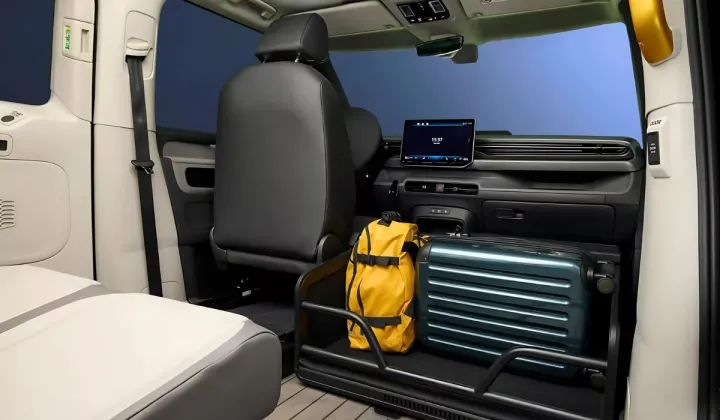
Designed with Riders in Mind, Not Drivers
It doesn't require an operator, so the interior is rearranged for comfort and simplicity. Think clean lines and ample space, with thoughtful touches that are there to make you feel like you're in a lounge instead of a vehicle.
Inside the Buzz AD:
- Four spacious passenger seats
- No front passenger seat- replaced with a luggage area
- Wood-grain flooring and rounded shape for a modern feel
- Emergency backup supports button for safety assurance
- Smartphone-centric access and interface
It isn't trying to wow viewers with luxury; it is purely looking to achieve a comfortable, clean, and tech-forward user experience.
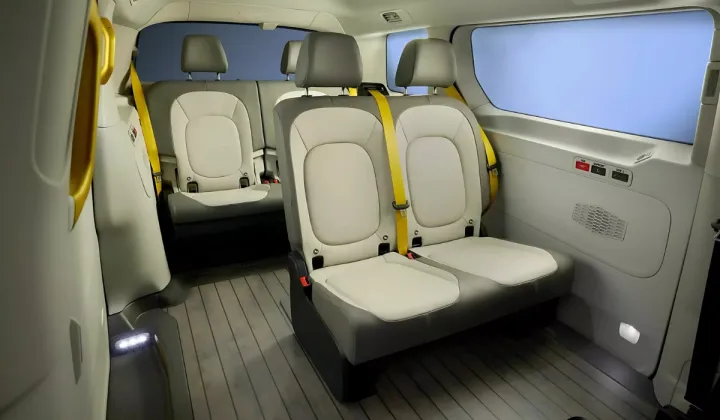
New to U.S. Cities Soon
Volkswagen is going to test pilot programs in the U.S. alongside Uber, beginning in Los Angeles. The rideshare company will be able to embed the Buzz AD into their platform, starting in 2025 with safety drivers, then transitioning to fully driverless.
Here is the rollout timeline:
- Late 2025: Testing in LA with Uber, with safety drivers onboard
- 2026 and beyond: Fully autonomous in geo-fenced regions
- 2027 and beyond: Expansion to additional U.S. Cities, assuming successful early trials
This could soon be your new airport shuttle, grocery run vehicle, or your even your rideshare without a human in the driver's seat.
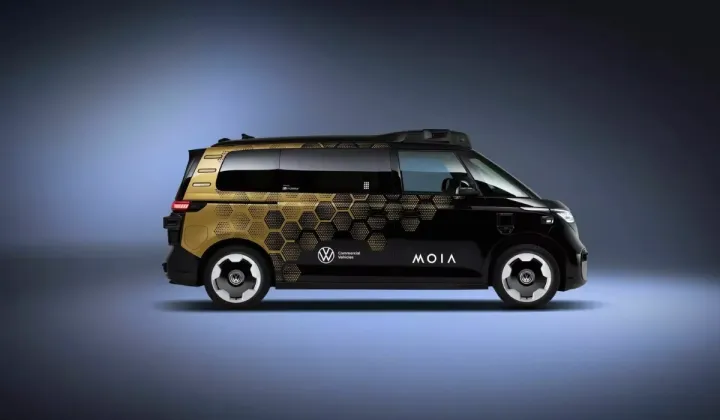
VW’s Big Bet Against Tesla and Waymo
VW isn’t just building a van; it’s building an ecosystem for autonomy. VW’s ecosystem includes MOIA for operations and service with Mobileye supplying the technology. The Buzz AD won't just be a vehicle, it will be a platform.
How VW is going to compete:
- All-in-one mobility service platform with software, service and training
- A direct competitor to Tesla's FSD and Waymo's robotaxi fleet
- Combat with user experience, safety, and smooth design
So while Tesla continues to build driver-assist, VW will be a full self-driving system (with no steering wheel).
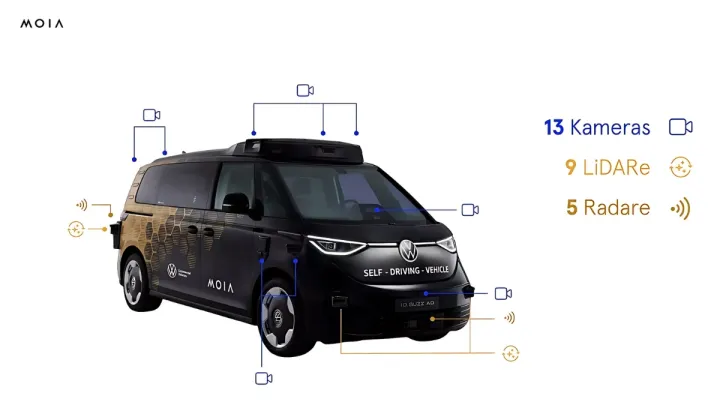
Why Should You Care
Yes, self-driving technology sounds outlandish, but it is about to have some of the most significant contributions to your daily life. A rideshare will come to your location without you having to wait 15 minutes for it to arrive. No conversation to make you awkwardly shift in your seat. No emissions to linger and worry about. You simply go, get in, and go.
What means in daily life for everyone:
- Less congestion
- Less time waiting
- Eco-friendly to city transportation
- Riding is safer without human being behind the steering wheel for mistakes
Volkswagen estimates their fleets would eliminate millions of tons of CO₂ and lead to even greater urban mobility.

Volkswagen ID. Buzz AD Specifications
|
|
|
|
|
|
|
|
|
|
|
|
|
|
|
|
|
|
|
|
|
|
|
|
|
|
|
Conclusion
The Volkswagen ID. Buzz AD is no longer a concept; it is a fully realized autonomous van designed for real people on real roads. With the US launches on the horizon, this driverless electric shuttle is the next step in how we think about urban transportation. If you’re commuting, running errands or catching a flight, you will one day simply hop into a van that will drive you somewhere—not too extravagantly, but automatically, safely, silently, and sustainably. Volkswagen is not just a competitor against Tesla and Waymo; it is changing the way we rethink ridesharing in society.
Source(Image / Thumbnail): insideevs
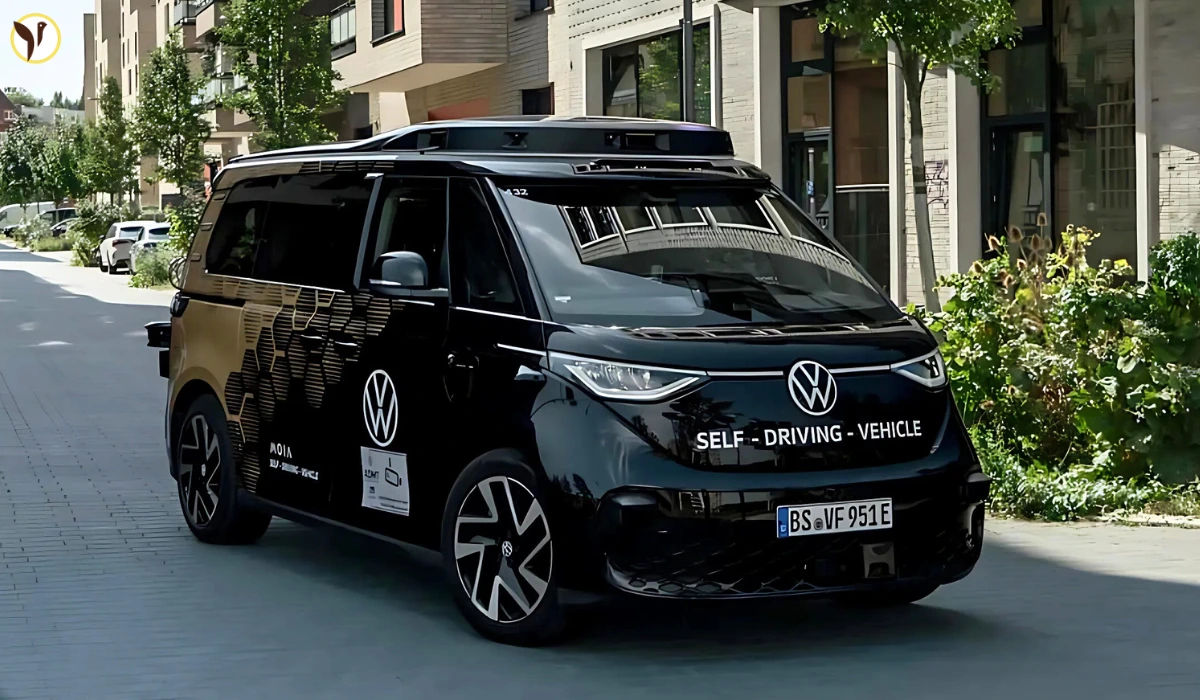

/content/stories/thumb/thumb691afd67bb0cb4.84337664.webp)
/content/stories/thumb/thumb691acf631b8036.55215694.webp)
/content/stories/thumb/thumb69187cf29856e7.13942669.webp)
/content/stories/thumb/thumb691872c85b0ad8.06459244.webp)
/content/stories/thumb/thumb691863e0db9f72.31404932.webp)


